A Guide to Brand Engagement (Strategies + Examples)


Join us as we dive into the world of brand engagement and customer engagement, with a detailed guide on strategies and examples to help you raise your engagement game!
Welcome to the world of brand engagement! Whether you’re wanting ideas and tools, case studies and examples, or simply a better understanding of what brand engagement is all about, we’re here with an in-depth look at everything you need to know.
Scroll on or use the table of contents below to jump to a relevant section – happy reading!
What is brand engagement?
Brand engagement describes the attachment and commitment felt by individuals towards a brand. A high level of brand engagement will likely correspond to positive outcomes such as increased loyalty from consumers, word-of-mouth marketing, and higher staff retention within an organisation.
Why is it important?
A brand is about much more than just a cool logo or catchy tagline – it represents an organisation’s entire identity. Those visual elements do have an important role to play, but a good brand will embody everything the organisation stands for: its mission, vision, and core values.
Thanks to the internet and social media, brands have a greater ability than ever before to reach an audience and share that identity with them. It’s an opportunity to build trust, create emotional connections, and get closer to the people who love what you do.
In a business context, brand engagement will help you to:
- Have a positive influence on customer purchase intentions
- Retain customers and drive repeat business
- Build a strong community around your brand
- Improve your products and services through valuable feedback
In a world full of seemingly endless options for consumers, developing genuine brand engagement could be the thing that sets an organisation apart and ensures its long-term success.

Brand awareness vs. brand engagement
In marketing theory, brand awareness comes before brand engagement. The aim at this stage is to raise awareness of a brand, typically through strategies such as advertising, content marketing, guest posting, influencer marketing, referral schemes, or partnerships, to name a few.
At the brand awareness stage, success is having people remember your business name, information about products and services, and generally having a good idea about who you are and what you do.
If brand awareness describes someone’s perception of your brand, engagement describes their experience of it. This is an important piece of the puzzle when you consider that over 50% of consumers say that the overall enjoyment of their experience is important in their decision to buy a product or service.
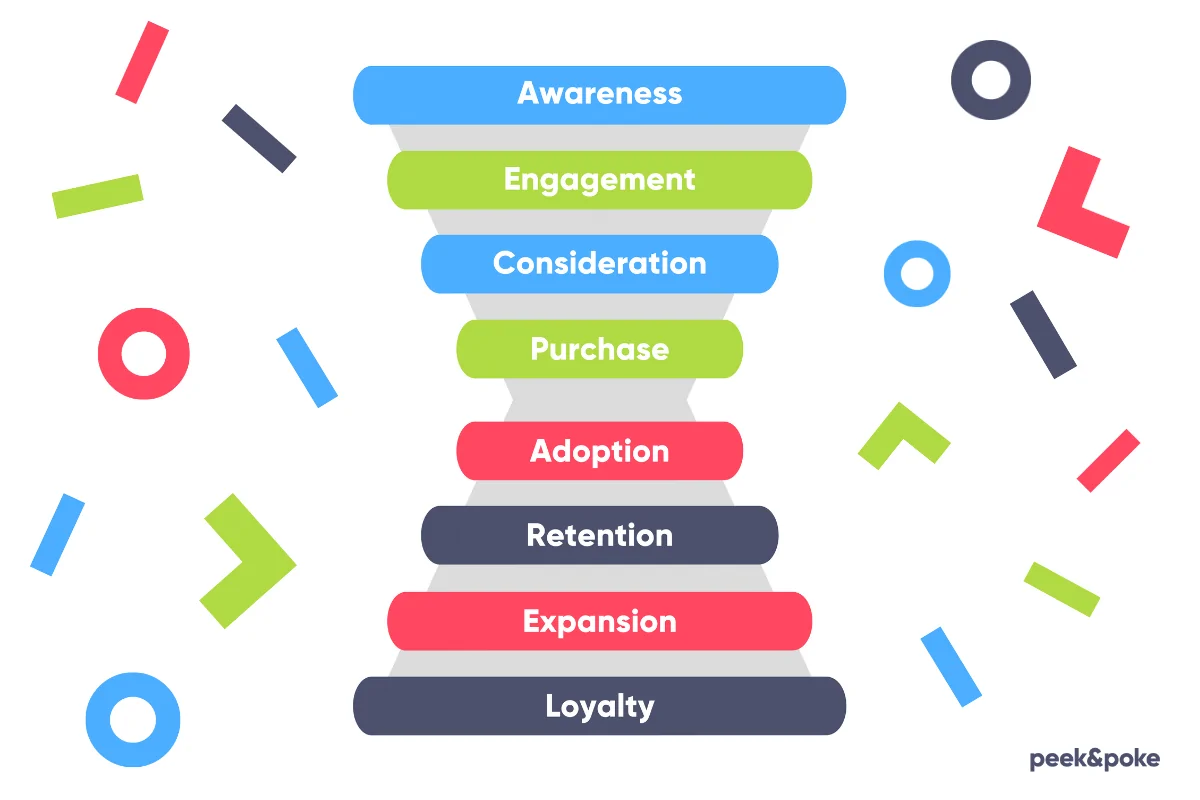
External vs. internal brand engagement
For the most part, organisations tend to focus their efforts on building external brand engagement. In other words, how to establish meaningful connections with customers (B2C) or other businesses (B2B).
Considering that they’re often the ones buying products and driving the business side of things, it makes perfect sense. But it doesn’t tell the whole story.
It’s also worth considering internal brand engagement, i.e. how a brand connects with staff and stakeholders within the organisation. Engaged employees with a clear understanding of what their brand stands for – as well as how they contribute through their actions and behaviours – will in turn support external brand engagement by delivering a positive experience for customers.
If you’re interested in learning more about increasing engagement within your organisation, check out our blog on employee engagement strategies.
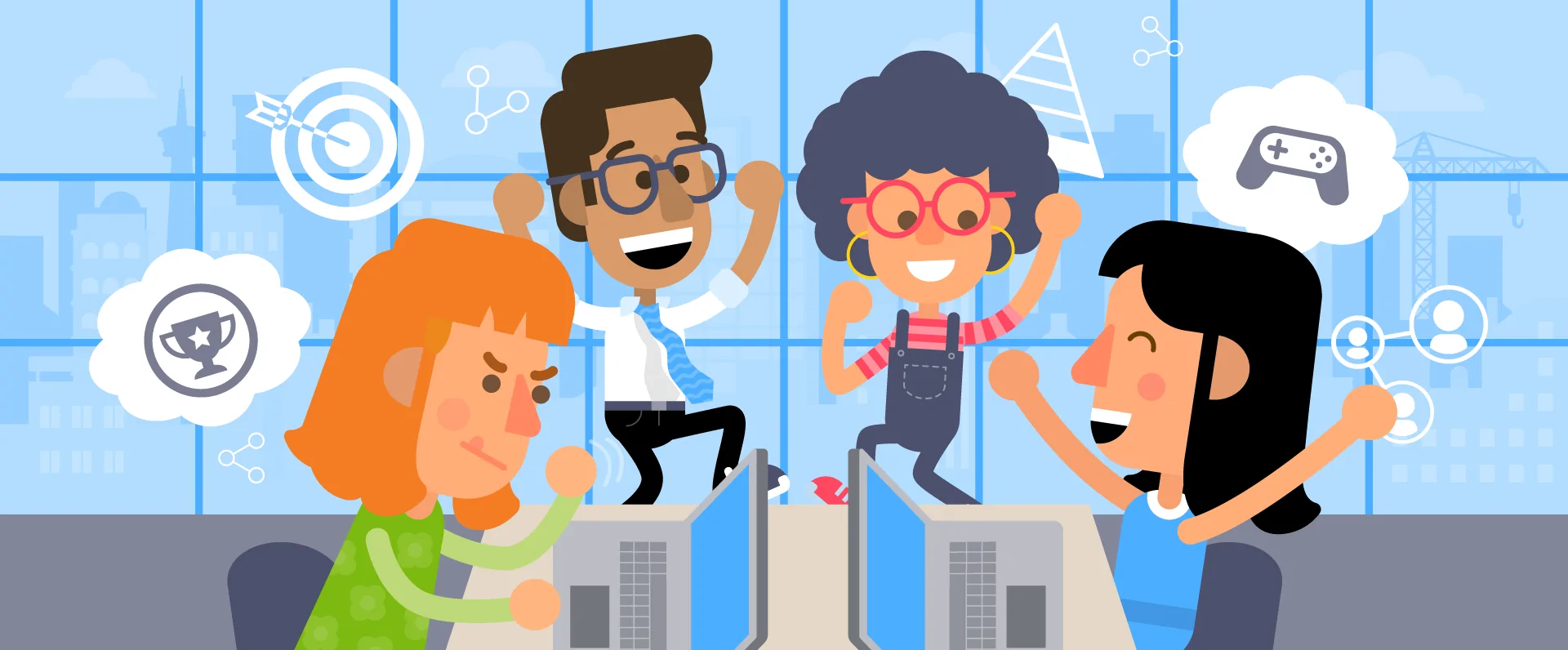
Brand engagement vs. customer engagement
As we’ve alluded to above, there’s a subtle difference between the concepts of brand engagement and customer engagement. Here’s how we like to think of it:
Brand engagement is the overarching concept that considers how any individual connects with a brand. These people will often be consumers/customers, but can also include other stakeholders such as employees in your organisation.
Customer engagement deals specifically with consumers/customers, in either a B2C or B2B context.
For the purposes of this post, we’ll be focusing on strategies to help increase customer engagement.
How to increase brand engagement (customer engagement)
When we talk about increasing customer engagement, what we’re really talking about is establishing meaningful connections with an audience. You want to create touchpoints that invoke positive emotions and a feel-good factor tied to your brand.
Here are eight ways that you can achieve this:
- Provide value
- Use gamification
- Run prize competitions
- Attend events (and host your own)
- Embrace social media
- Build a community
- Ask for feedback
- Be consistent
1. Provide value
This one’s up first because we think it’s the most important, and it applies in some way to all the other points below.
If engagement is the aim, it’s crucial to understand that it’s not all about selling at every opportunity. Sometimes you’ll want to go into sales mode, but most of the time it’s about providing real value to your audience and not expecting anything from them in return.
This might involve offering up useful information or advice, sharing handy how-to videos that help solve a problem, or creating memorable moments through a bit of light-hearted fun.
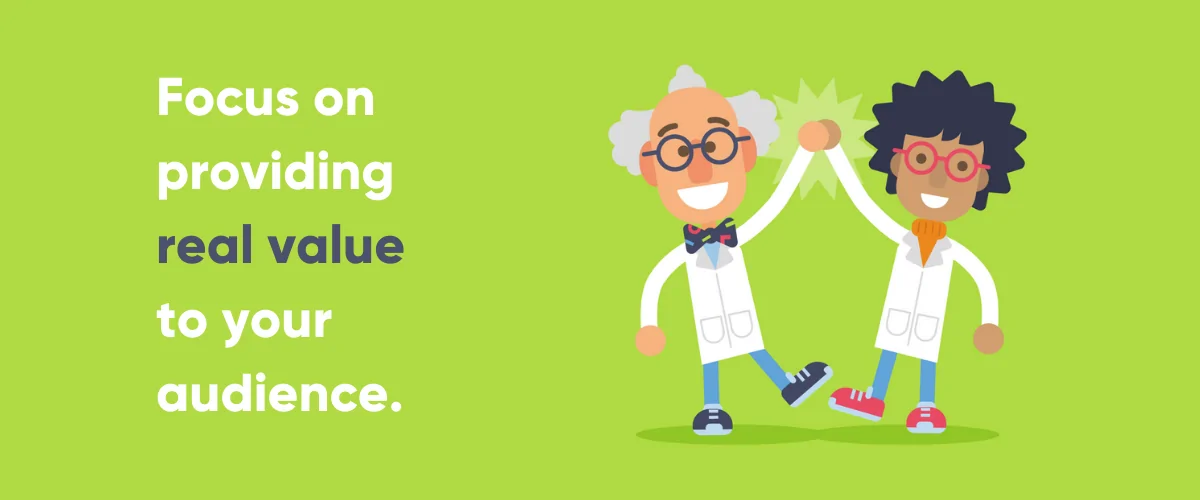
2. Use gamification
Talking of light-hearted fun, games are a great way to entertain your audience. They tap into our natural instinct to compete and be rewarded, offering up an excellent brand engagement platform and powerful tool to support a range of other marketing objectives.
Games work particularly well when combined with a competition or prize giveaway (more on that below), which you can then use in various scenarios such as promoting products, driving website traffic, creating a buzz at trade shows, generating leads and mailing list sign-ups, or simply to have some fun!
The problem is that games are really expensive to build from scratch. That’s why we’ve created a range of customisable games that you can tailor to suit your own brand or campaign, as well as a ready-to-go service for those looking for a more cost-effective option or needing a quick turnaround.
Our games are designed with player engagement in mind, and in many cases achieve an average engagement time of over 20 minutes per player! Brands like Nickelodeon, Domino’s, boohoo, and TUI are already harnessing the power of gamification to boost customer engagement – could it be time for you to get in on the action?
3. Run prize competitions
We’ve mentioned that online games are a great format for running a competition, but a prize giveaway can be applied in many different ways.
Take social media, for example, where you can incentivise users to like, follow, comment, and share in order to be in with a chance of winning a product or service. This can boost follower numbers, brand awareness, and brand engagement on social media platforms, with users likely to come back if you run regular contests.
Whenever we launch a new game or product, we’ll often run a branded game competition to promote it to our audience through email and social media. Our 12 Days of NOT Christmas campaign was a good example of this, where we offered 12 daily prizes to anyone who played our game and submitted their score to the leaderboard.
In the end, it achieved an average engagement time of 1 hour 6 minutes per player – not bad!
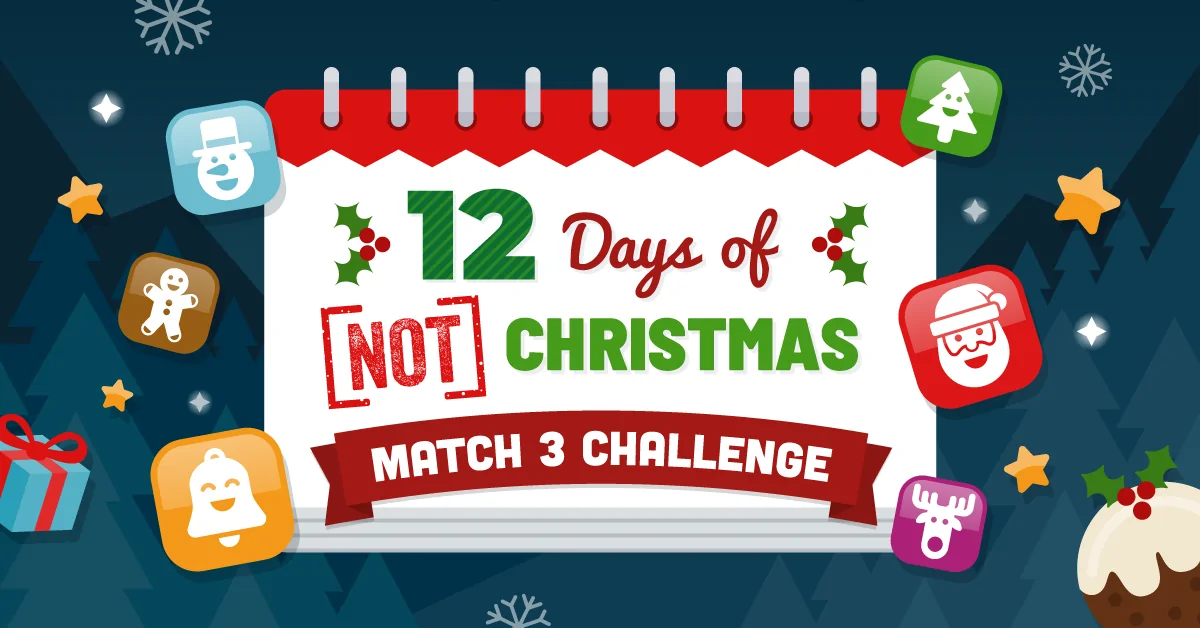
4. Events
Whether they’re physical or virtual, events are brilliant for connecting with an audience. Broadly speaking, there are a couple of ways that you can use events to increase brand engagement:
Attend – Book yourself a spot at trade shows or conferences and find ways to drive footfall to your stand. You could also book speaker slots at these events to get yourself in front of an interested audience and engage with people face-to-face.
Host your own – Organise seminars, webinars, workshops, live streams, or in-person events to educate an audience and position yourself as an authority within your field or industry. Our webinar with Kwik Fit was a good example of this, with attendees able to ask questions and interact with the speakers in real time.

5. Embrace social media
Love it or loathe it, social media is something you can’t really do without if you’re looking to increase customer engagement with both existing followers and new prospects. From interactive content like polls and surveys, to user-generated content driven by contests and branded hashtags, there’s a whole world of possibilities to start conversations and deepen ties with your brand.
While social media platforms are where brand engagement can truly thrive, remember that you don’t need to be spreading yourself thin across every channel from LinkedIn to TikTok (we’ll admit that we still find the latter a bit daunting ).
Learn what works for you and focus your efforts in those places where your audience engages most.
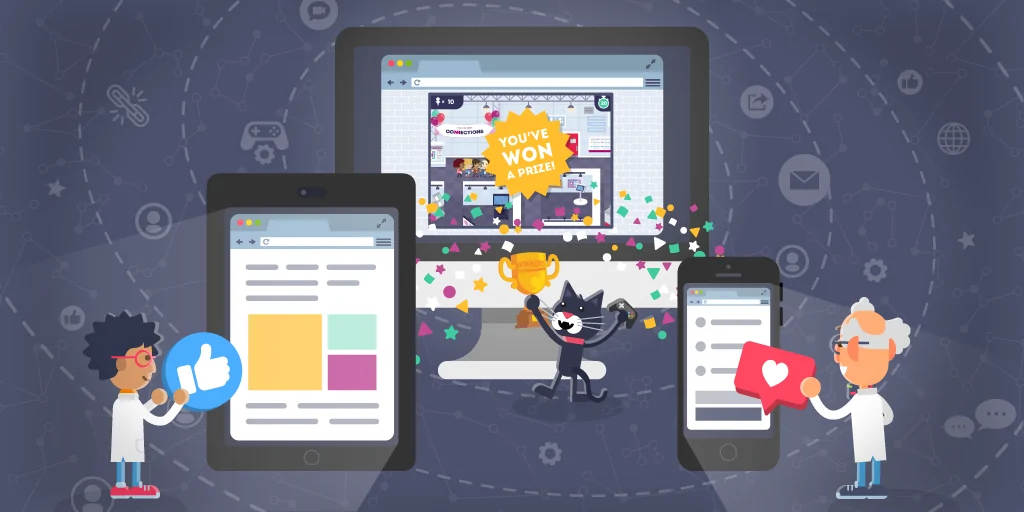
6. Build a community
If you can build a flourishing community around your brand, it’ll not only do wonders for engagement – you’ll help to facilitate a further shift towards the holy lands of brand loyalty and advocacy.
This might take the form of social media groups, active online forums, a custom-built app, regular events, or exclusive access to rewards, offers, content, or product features,. Whatever form your community takes, it’s worth really nurturing it and consistently adding value to increase engagement with the brand.
Great examples of brand communities include those by PlayStation, Harley-Davidson, and Lego, where fans are encouraged to submit their ideas for future creations!
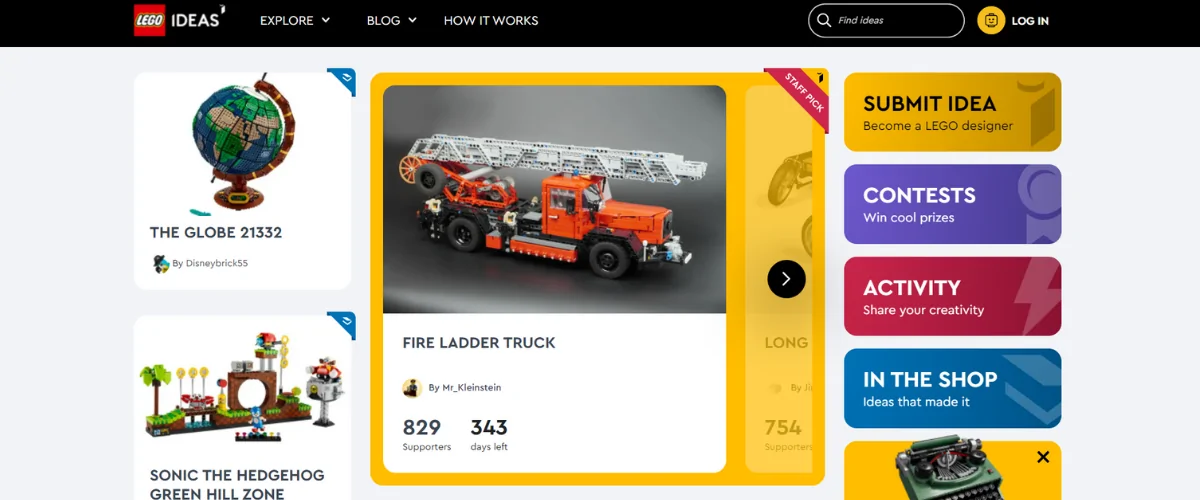
7. Ask for feedback
Did you know that a whopping 77% of consumers have a more favourable view of brands that ask for and accept customer feedback? As a devoted customer of a certain product or brand, it can be empowering to know that your opinions are valued and taken on board.
From the brand’s perspective, asking for feedback is not only good in terms customer engagement. It can also surface up insights to help you improve what you do – from driving product development and adding new features to enhancing customer support.
At the end of the day, nobody’s perfect. Acknowledging this and including your customers in the improvement process can only be a good thing for bringing you closer together.
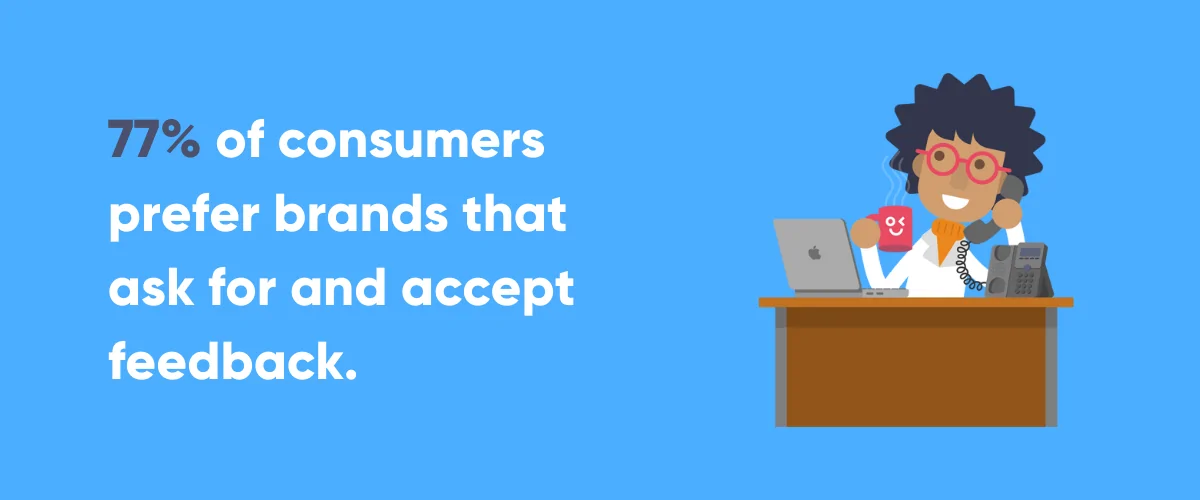
8. Be consistent
It’s important to note that real brand engagement doesn’t happen with just one approach or a single event or campaign. Consumers are fickle and can quickly forget about individual touchpoints with your brand.
As with many things, consistency is key. You’ll see far better results if you consider engagement to be a strategy rather than a tactic, so think about how you can continually engage both existing and new customers across the board.
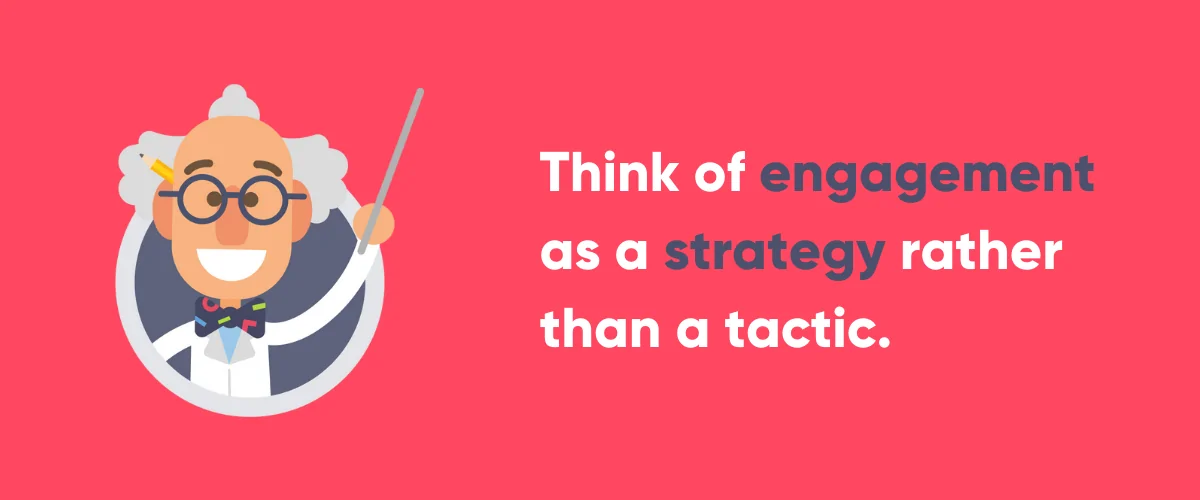
How can I measure brand engagement?
As with many things in marketing, it can be difficult to measure the true impact of your brand engagement efforts. Are you focusing on growing your social media following or mailing list? Perhaps you want to want to monitor click-throughs to a certain landing page or product page on your site?
There’s always competition for resources within an organisation and so it’s important to be able to demonstrate the ROI of your investment in brand engagement. As marketers ourselves, we get it.
Here at Peek & Poke (and with our budget-friendly, ready-to-go games), we provide all our clients with a stat report at the end of their branded game campaign. In this, we calculate what we call the TAPET – Total Average Player Engagement Time.
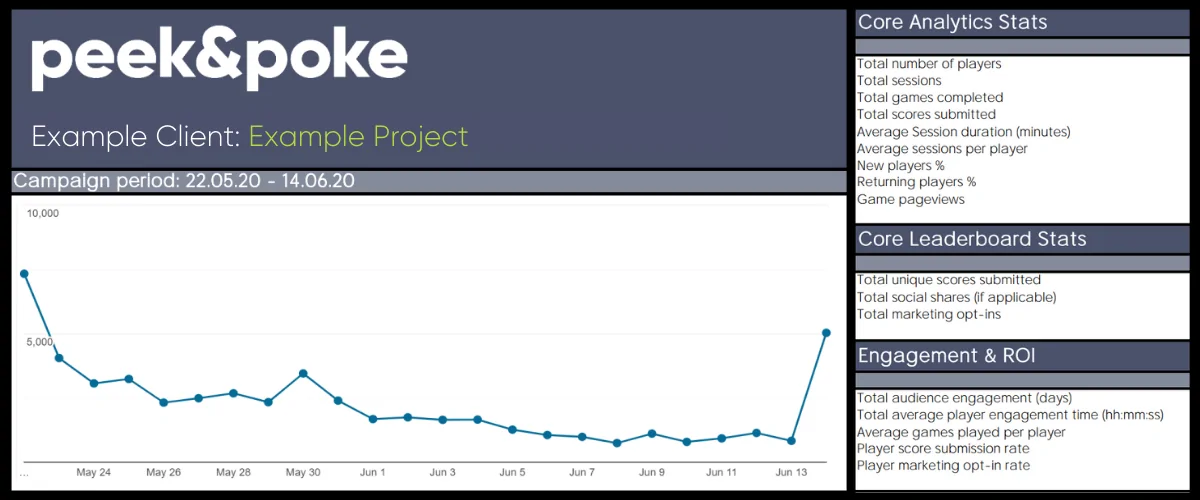
The TAPET is a simple calculation we use to measure engagement with our games. It’s not the only thing, as the engagement time doesn’t always tell the whole story with regards to overall campaign results. It’s a good start though, and it gives a nice simple number to report back to your boss with.
Case studies and examples
Call us biased, but we believe wholeheartedly in the power of branded games to boost engagement across a variety of industries. Below you’ll find a few examples of successful brand engagement campaigns from our clients, spanning a wide range of use case scenarios.
You can also check out our full catalogue of case studies from happy customers!
SpongeBob SquarePants Kamp Koral
Campaign type: Promotion
Industry: Entertainment
Total players: 13,000
Total gameplays: 275,000
Average engagement time: 18 minutes per player
Game engine: Flyer
To promote the launch of a new SpongeBob SquarePants show, Nickelodeon provided their young audience with a fun game and plenty of great prizes to be won! Read the full SpongeBob case study.
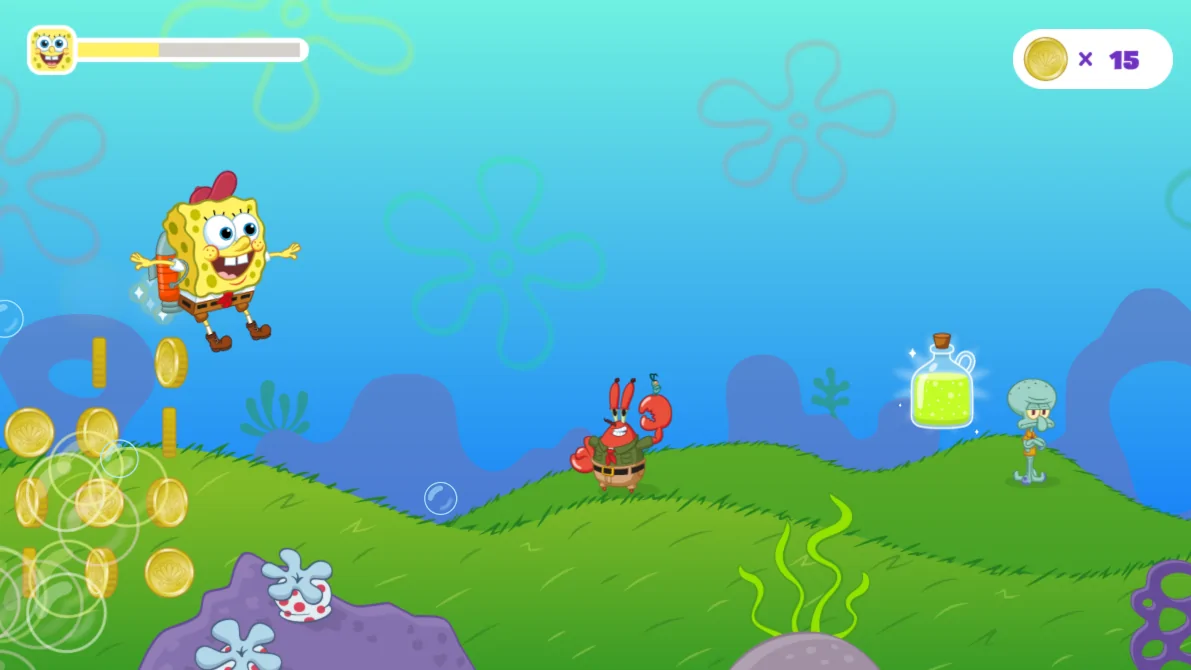
Domino’s Delivery Dash
Campaign type: Trade show + big prize giveaway
Industry: Food & drink
Total players: 3,000 (one day)
Game engine: Runner
Domino’s Pizza wanted to deliver a slice of fun to students attending their event stand and we were happy to get a pizza the action! Read the full Domino’s case study.
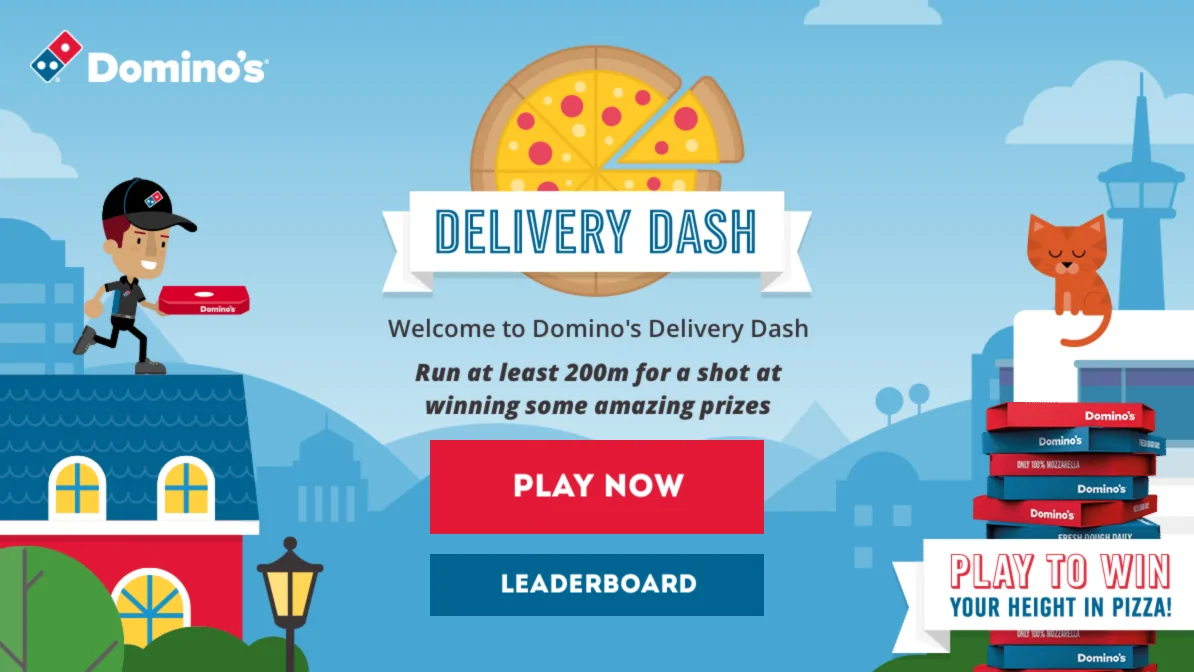
Kwik Fit Konga (+ Kwikmas Match)
Campaign type: Employee engagement + B2C voucher rewards
Industry: Retail/automotive
Average gameplays: 14 per player
Average engagement time: 20 minutes per player
Game engine: Conga
After an exhausting year, Kwik Fit wanted to fuel the festive season with a tyred and tested branded game and great voucher rewards! Read the full Kwik Fit case study.
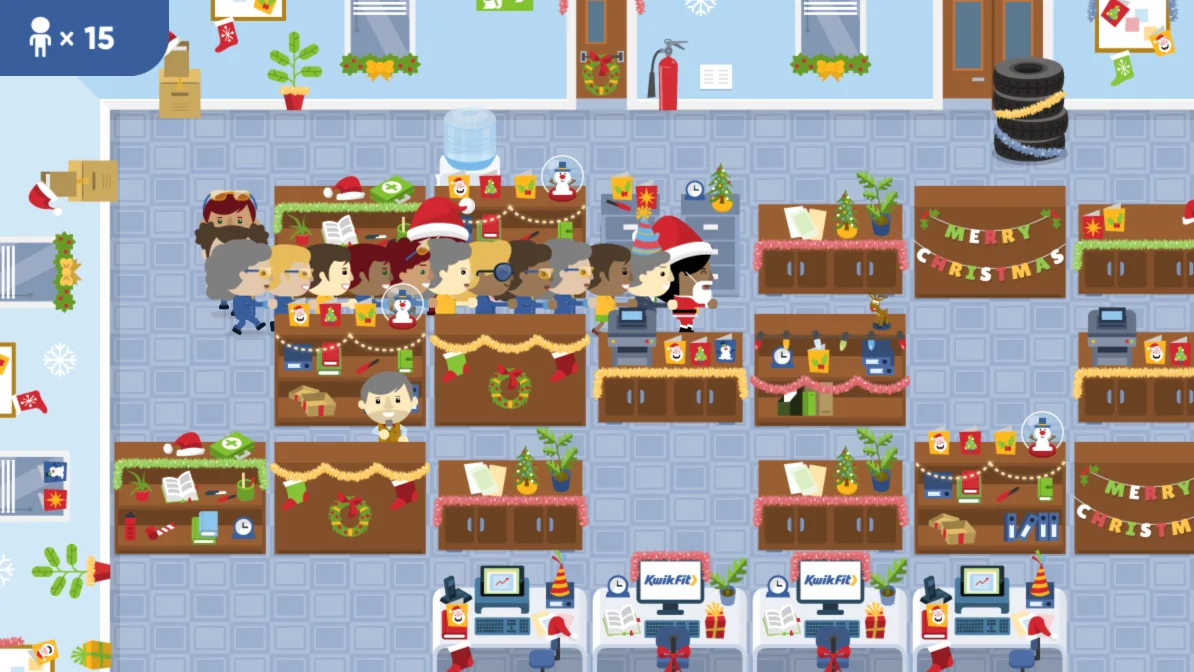
Beazley Risky Rider
Campaign type: Christmas + B2B entertainment
Industry: Finance
Total players: 4,500
Total gameplays: 12,800
Average engagement time: 11 minutes per player
Game engine: Racer
For many years now, Beazley has done away with the standard Christmas e-card in favour of sending out something a little more fun to entertain their broker audience. Learn about how they did just that with their Beazley Risky Rider game.
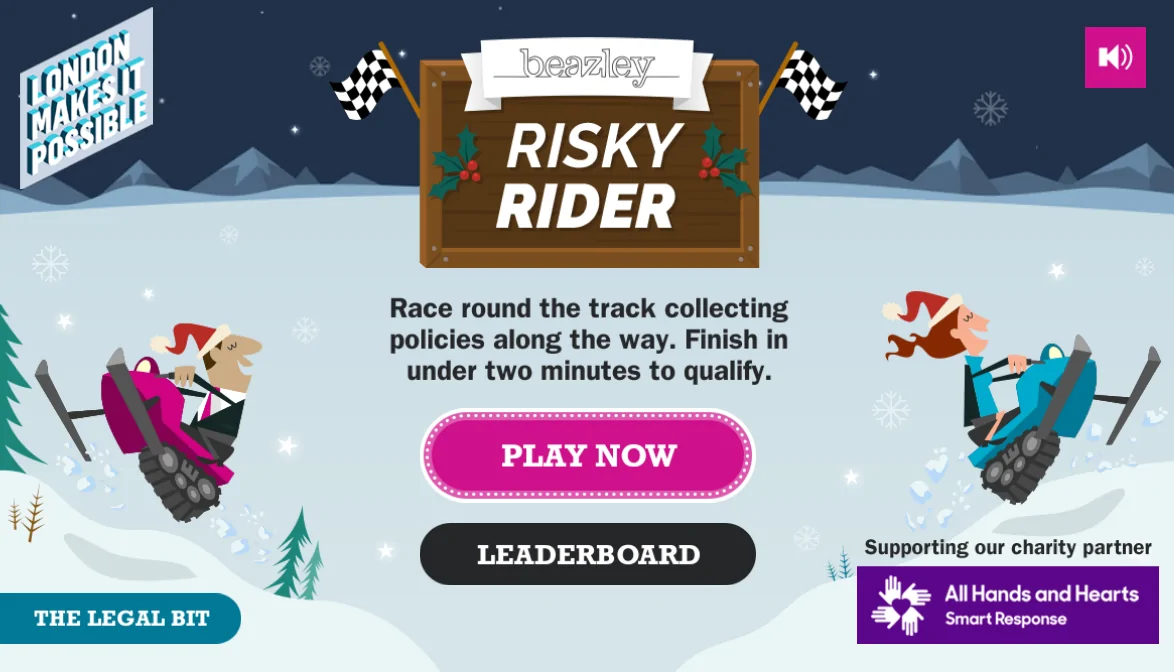
Greene King Running the Pubs
Campaign type: Employee engagement + new app promotion
Industry: Food & drink
Total players: 12,000
Total gameplays: 263,000
New app log-ons: 14% increase
Game engine: Runner
After the success of their consumer-facing Christmas game, Greene King got back in touch to see if we could engage their staff in the same way! Read the full employee engagement case study.

Sleeping Giant Media App-Attack
Campaign type: Light-hearted fun + prize giveaways
Industry: B2B marketing
Total players: 1,000
Total gameplays: 70,000
Average engagement time: 2 hours 49 minutes per player
Game engine: Match-3
Sleeping Giant Media encouraged their audience to ‘find the joy’ of gameplay by taking time out to play their App-Attack game! Read the full Sleeping Giant Media case study.
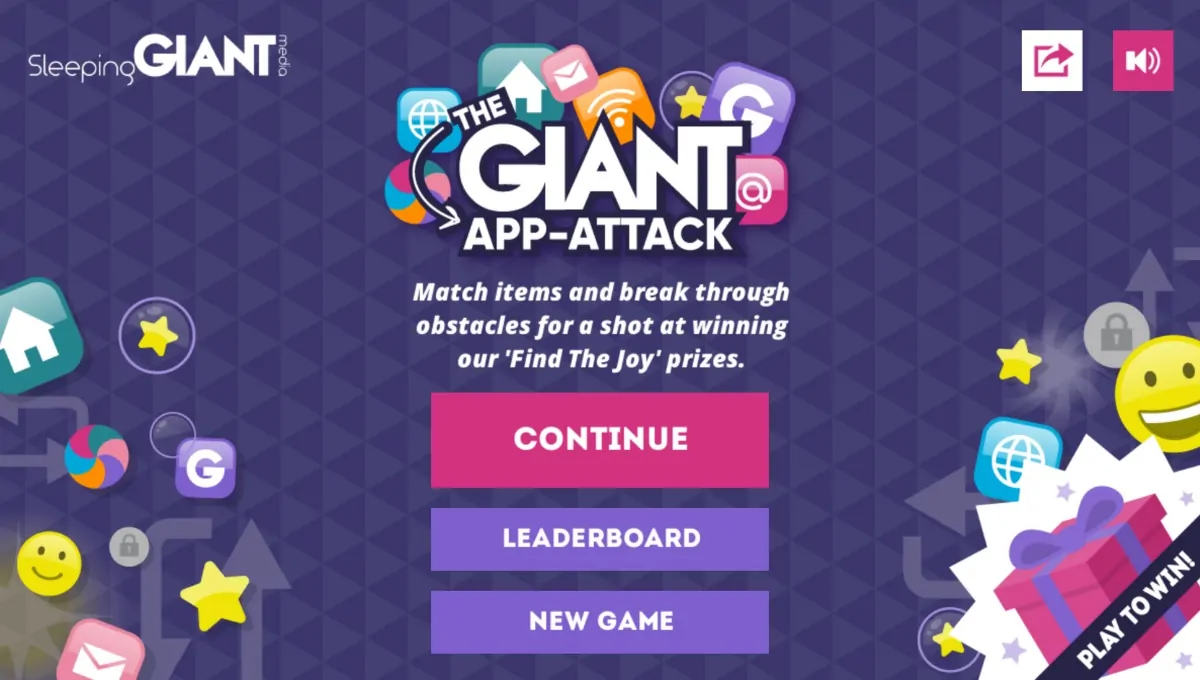
Further reading and resources
We hope you’ve found this guide valuable, and that you can start to apply some of these customer engagement strategies for your own brand.
Here at Peek & Poke, it’s our job to help you increase brand engagement through the power of games. If you have any questions or would like to learn more about how a game can work for your brand and campaign, feel free to get in touch and we’ll be happy to discuss it with you.
You can also subscribe to our newsletter, check out our blog and case studies, and help yourself to our range of free ebook resources.
That’s a wrap for now – all the best with your brand engagement endeavours!
Want more like this?
Want more like this?
Insight delivered to your inbox
Keep up to date with our free email. Hand picked whitepapers and posts from our blog, as well as exclusive videos and webinar invitations keep our Users one step ahead.
By clicking 'SIGN UP', you agree to our Terms of Use and Privacy Policy


By clicking 'SIGN UP', you agree to our Terms of Use and Privacy Policy
Other content you may be interested in
Categories
Categories
Categories

Want more like this?


Want more like this?
Insight delivered to your inbox
Keep up to date with our free email. Hand picked whitepapers and posts from our blog, as well as exclusive videos and webinar invitations keep our Users one step ahead.
By clicking 'SIGN UP', you agree to our Terms of Use and Privacy Policy









